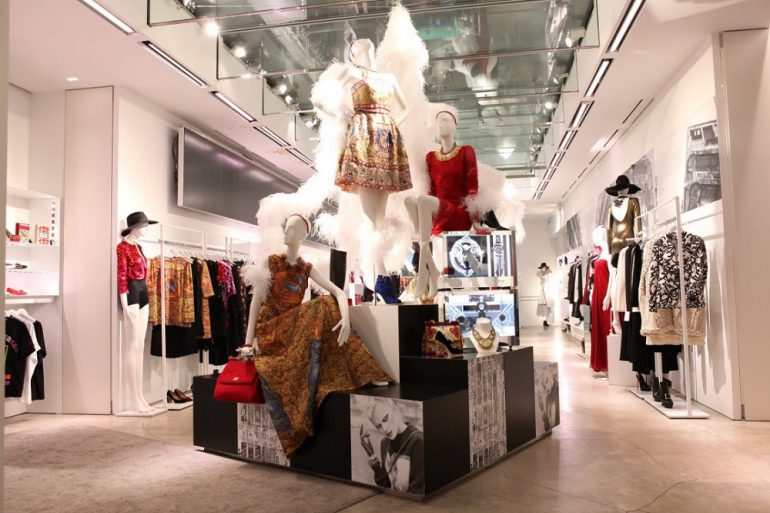Luxury is going through a digital disruption, and personalizing the customer experience is one of the challenges, which brands are trying to address.
Luisa Via Roma, a luxury retailer, with headquarters in Florence, has started a collaboration with Dynamic Yield to restyle its e-commerce website and improve its customer experience with AI.
SEE ALSO : Less than half of major retailers are truly digital
After the implementation of AI, Luisa Via Roma has registered an average growth of 15% in customers’ spending, confirming that personalization is key in luxury goods market.

Three are the key elements, which contribute to the success of the website restyling:
1. Website customization and SEO
Each country has a dedicated mini-website, whose content is organized based on area-specific trends. This facilitates the display of the most popular products in the area, and the content is categorized based on the search behaviour of individuals from that specific country.
L’Occitane has adopted similar strategies, multiplying the profits from mobile shopping.
The results from the product search are automatically displayed per price, and based on the purchase history of the customer. In this way, Luisa Via Roma knows exactly the purchase power of the customer and shows the results, which may very likely lead to a purchase.
SEE ALSO : Burberry is using AI and Big Data to drive success
2. Personalization of the customer journey
Luisa Via Roma focused on the key elements, which grab customer’s attention while searching for a product: home page, catalogue, product page, check-out page, and payment.
The visual elements, part of the journey through the different stages, are: promotional banner, pop-up elements, page layout, product recommendations, and call to action or landing page.
However, customers embark on a different journey based on two variables namely price and brand.
For a price-concerned customers, the fear of missing out plays a major role, therefore, displaying a banner with promotions and items left in stock will definitely gets their attention.
For more brand-conscious customers, if the webpage highlights new collections, new arrivals, and displays products framed as targeting premium customers, they will become attractive to this clientele.
SEE ALSO : Is it the end of e-commerce?
3. A/B test to validate the personalization
According to Mukund Ramachandran, VP Global Marketing of Dynamic Yield, the platform allows Luisa Via Roma to test the personalization through the so-called A/B test. This facilitates the cross-check between product recommendations and actual purchases in each country.
In a nutshell, some customers prefer to see product recommendations based on previous purchases, while others are more interested in following bestsellers per country and popularity.
Takeaways from marketplaces
In the same way, marketplaces focus on satisfying their clients, retailers need to look at all clients equally, trying to maximize their sales. Retailers necessitate of much more variety in terms of products, and a shopping experience, which reflect the offline ones in terms of details. In this way, retailers can target the lazy online customers, but at the same time please their sense through new technology.
Artificial Intelligence for retailers
Artificial Intelligence allows ecommerce platforms to recreate offline shopping experience through the adaptation of search engines to spoken language and face-to-face interaction.
According to Accenture, AI could help both B2B and B2C retailers to increase their profit of 59% by 2035.
(Source: Ninja Marketing)




